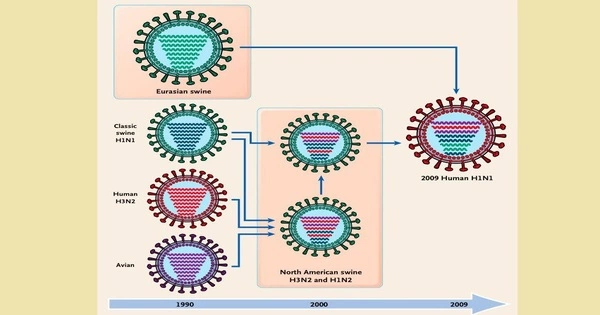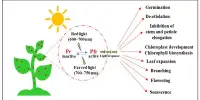When two or more different strains of a virus infect the same host cell and exchange genetic material, the process is known as reassortment. It is the mixing of a species’ genetic material into new combinations in different individuals. This process is most commonly associated with influenza viruses, particularly influenza A viruses, which have the ability to infect a wide range of animal species, including birds, pigs, and humans. Several processes, including chromosome reassortment and chromosomal crossover, contribute to reassortment.
It is especially useful when two viruses infecting the same cell exchange genetic material. Reassortment occurs most frequently among influenza viruses, whose genomes are made up of eight distinct RNA segments. These segments act like mini-chromosomes, and each time a flu virus is assembled, it requires one copy of each segment.
In the case of influenza A viruses, the viral genome is made up of eight distinct RNA segments. When two different influenza A viruses infect the same host cell, their genetic material can cross-pollinate during the viral replication process. This can result in the formation of new virus strains from the parent viruses’ genetic material. The emergence of novel influenza A virus strains with pandemic potential is facilitated by reassortment.
If a single host (a human, a chicken, or another animal) is infected by two different strains of the influenza virus, new assembled viral particles may be formed from segments with mixed origins, some from one strain and some from the other. The properties of the new reassortant strain will be shared by both of its parental lineages.
The ability of influenza viruses to reassort is one of the reasons why seasonal flu vaccines are required, and why influenza viruses can sometimes jump from animals to humans, potentially leading to new and more severe outbreaks. Monitoring and understanding reassortment events is critical for public health efforts to prevent and control influenza virus spread.
Reassortment is important in influenza virus evolution because it can result in the emergence of new strains with different antigenic properties. As a result, the immune system may struggle to recognize and combat the new virus, potentially leading to the emergence of influenza pandemics.
















